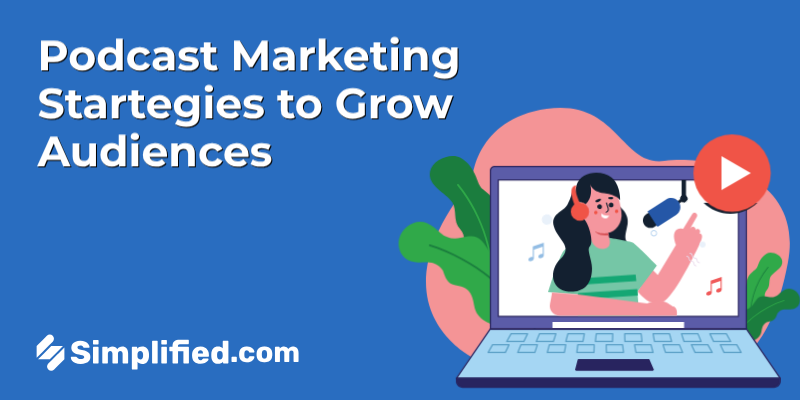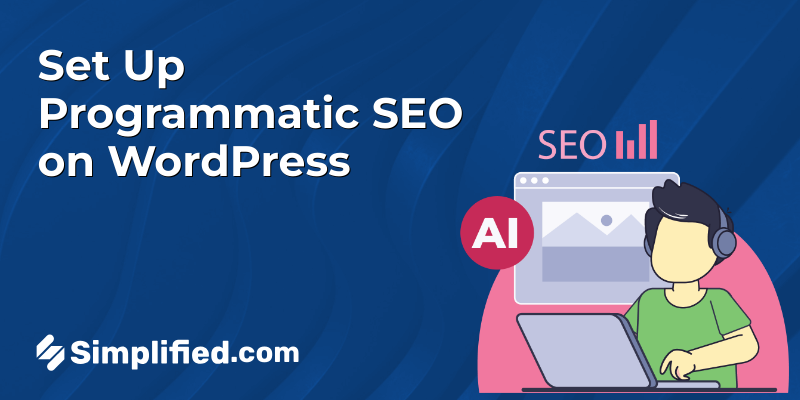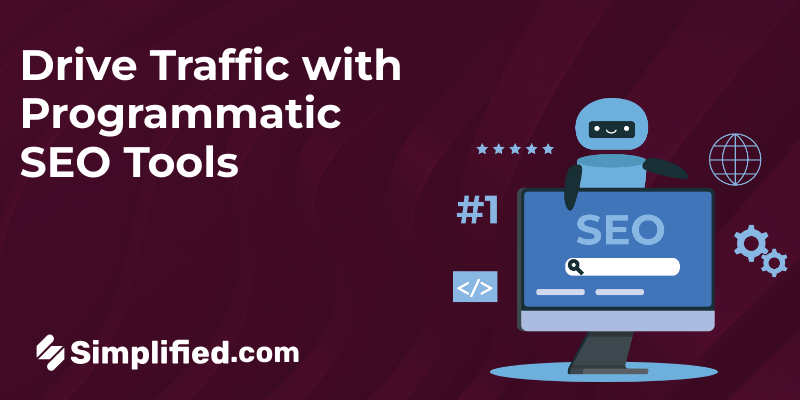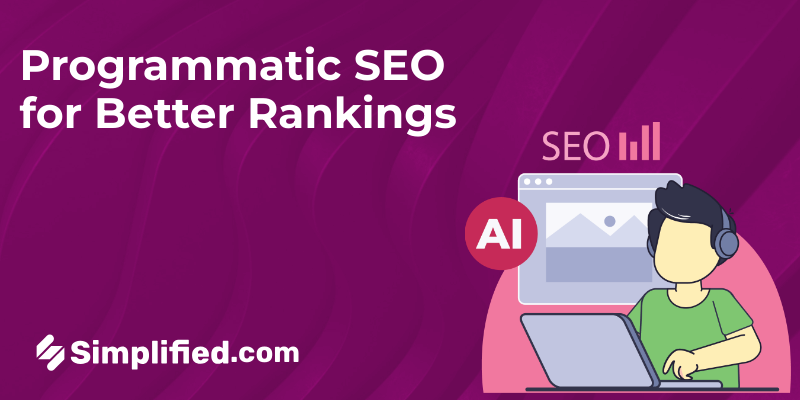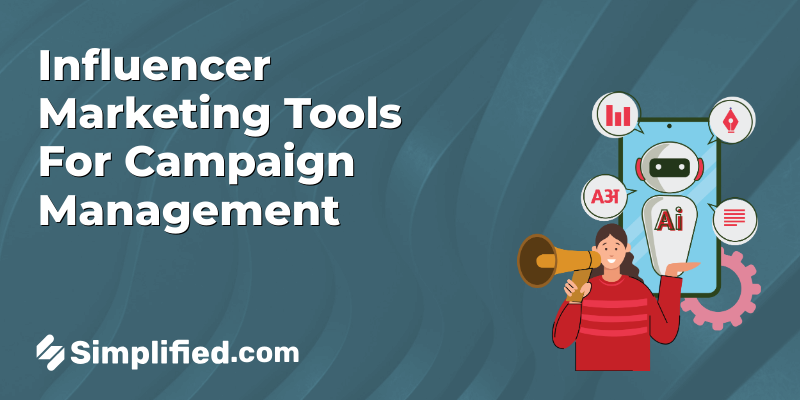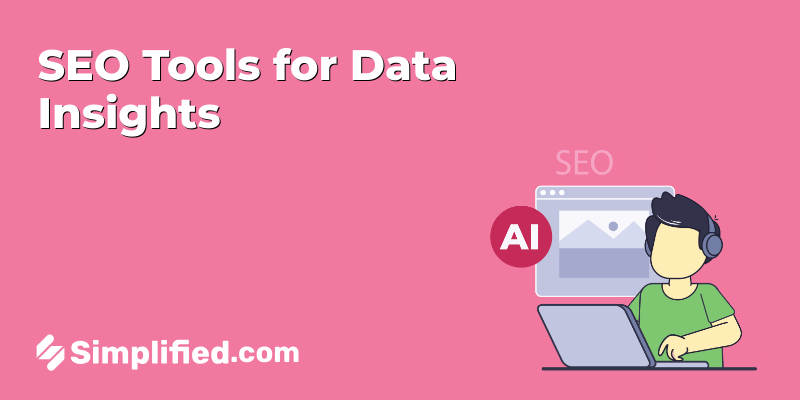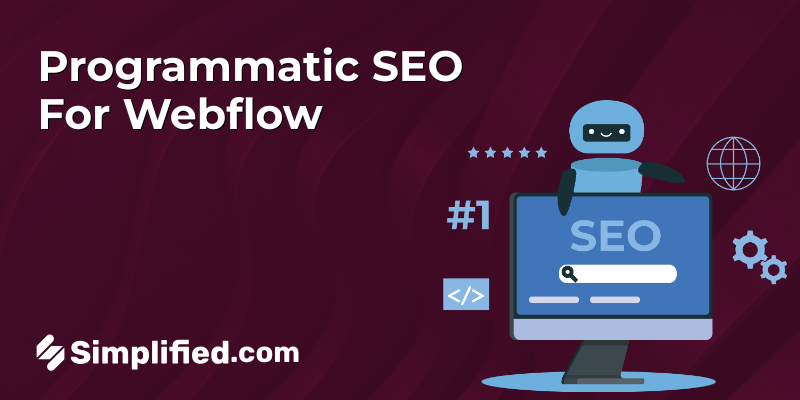
Managing SEO for large-scale websites can feel like navigating a maze—balancing countless pages, optimizing keywords, and ensuring every detail aligns with search engine requirements. That’s where programmatic SEO comes in, offering a systematic way to tackle this challenge. By automating repetitive tasks and focusing on scalability, programmatic SEO is a game-changer for businesses aiming for fast SEO results.
For Webflow users, the platform opens the door to unique possibilities for SEO at scale. Whether you’re managing an e-commerce site, a service directory, or a resource hub, leveraging Webflow’s powerful tools—like the CMS API—can transform how you approach optimization. This guide dives into actionable strategies, helping you unlock the full potential of programmatic SEO for Webflow to enhance your site’s search performance.
What is Programmatic SEO?
Programmatic SEO is the process of using automated techniques to manage and optimize SEO tasks. Rather than relying solely on manual adjustments for each page or piece of content, programmatic SEO allows for scaling SEO practices efficiently, generating SEO-friendly content, and automating metadata, URLs, and internal links.
By automating tasks, programmatic SEO reduces the time and resources needed to optimize large websites. This method ensures a consistent, data-driven approach to SEO, making it easier to manage SEO on a large scale.
Key Benefits of Programmatic SEO
- Scalability: It allows for the rapid creation of SEO-optimized content across many pages.
- Consistency: Automation ensures that each page on a website follows the same SEO best practices.
- Time-Saving: With repetitive tasks automated, SEO professionals can focus on strategy rather than manual tasks.
Bonus: Top Programmatic SEO Tools to Drive Website Traffic
Programmatic SEO for Webflow: Why It Works
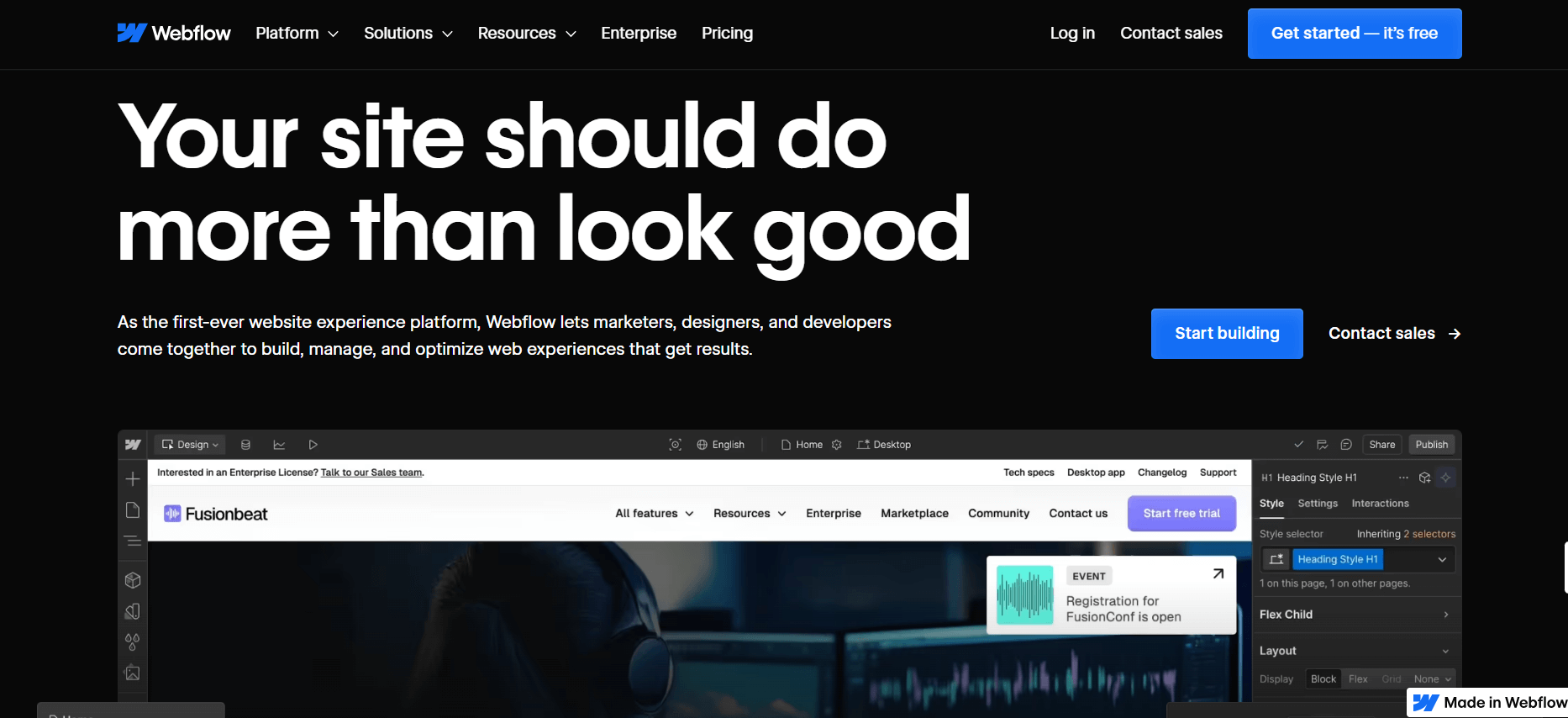
Programmatic SEO Webflow is an effective way to scale SEO efforts by automating tasks like content creation, metadata generation, and internal linking. With Webflow’s flexibility, users can simplify SEO optimization across multiple pages, improving search visibility without the need for manual adjustments.
Webflow, known for its design capabilities, also excels in implementing programmatic SEO Webflow strategies. Whether for a simple site or a large eCommerce platform, Webflow’s tools make it easy to automate SEO tasks and enhance organic reach quickly and efficiently.
How Webflow Supports SEO at Scale
Webflow is built with SEO in mind, offering features such as customizable meta titles, descriptions, and dynamic content management. These features, when paired with programmatic SEO, can result in faster content generation and more accurate optimization.
Webflow also allows users to create custom code blocks and integrate external tools, making it an ideal environment for automated SEO tasks. By combining these features with programmatic SEO, Webflow users can scale their efforts, ensuring that each page is optimized for search engines with minimal manual input.
Challenges and Opportunities with Webflow SEO
While Webflow offers many advantages for SEO, users may face challenges such as managing large volumes of content or handling complex structures like eCommerce sites. However, with programmatic SEO, these challenges can be addressed effectively. By automating content creation and optimization, users can save time while ensuring that their site maintains optimal SEO performance.
Bonus: AI for SEO: A Marketer’s Guide to Improved SEO Writing
Setting Up Programmatic SEO in Webflow
To implement programmatic SEO in Webflow, follow these steps:
1. Utilize the Webflow CMS API
The Webflow CMS API allows you to automate the process of updating, adding, and managing SEO elements like meta titles, descriptions, and image alt texts across your site. By integrating the CMS API with other automation tools or custom scripts, you can:
- Automatically populate SEO fields when content is added to your Webflow CMS.
- Use dynamic fields to ensure that each page is optimized with relevant meta tags based on its content.
- Sync SEO data between different pages and keep it updated consistently across your website.
2. Set Up Dynamic SEO Fields in Webflow CMS
Webflow CMS enables you to create dynamic content for each page of your site, such as blog posts, products, and services. By setting up SEO fields within your CMS, you can:
- Automatically fill in meta tags, titles, and descriptions using dynamic content.
- Customize these fields based on the type of content (e.g., adding product names and descriptions to e-commerce product pages).
- Ensure that every new piece of content added to the site has optimized SEO elements without manual input.
3. Automate Content Generation Using Templates
With Webflow’s collection templates, you can create a structure that automatically applies SEO principles to every page:
- Set up predefined SEO rules for titles, headers, and meta descriptions that are applied to all content types (e.g., blog posts, product pages, etc.).
- Create AI templates that pull in content and apply SEO fields, allowing Webflow to adjust for each new entry in your CMS automatically.
Bonus: How AI SEO Content Generators Improve Your Content Strategy
4. Use Custom Scripts to Automate SEO Tasks
By adding custom JavaScript or leveraging external automation tools like Make (formerly Integromat), you can:
- Automate the process of updating meta tags and alt texts for images.
- Programmatically add internal links to new pages based on their content or relevance to other pages on your site.
- Automatically generate SEO-friendly URLs for new pages based on their titles or categories.
5. Implement Structured Data (Schema Markup)
Use structured data or schema markup to enhance your SEO. This can be done using Webflow’s custom code embed options:
- Add JSON-LD schema markup to pages to improve how search engines understand your content.
- Automate the generation of schema based on the page content by using dynamic data from Webflow’s CMS.
6. Automate Internal Linking
Internal linking is crucial for SEO, and you can automate it by setting up rules within Webflow:
- Use Webflow’s CMS to link related content automatically (e.g., linking blog posts to other relevant posts, or products to related items).
- Programmatically update internal links when new content is added, ensuring that search engines can easily crawl and index your content.
Bonus: Top SEO Analytics Tools for Digital Marketers
7. Integrate with SEO Auditing and Optimization Tools
Tools like Google Search Console, SEMrush, and Ahrefs can be integrated with Webflow via APIs or other integrations to monitor and automate SEO performance:
- Automatically fetch data from these tools to track page performance and make SEO adjustments based on real-time insights.
- Set up alerts or triggers that notify you when certain SEO elements (like meta tags or content) need updating or optimization.
8. Schedule Content for SEO Updates
If you frequently update content on your site, setting up a content scheduling system using Webflow’s CMS API or integration with a third-party tool can help:
- Automate regular SEO audits and updates to ensure that your pages remain relevant and optimized.
- Programmatically update old content with current keywords, meta descriptions, and new internal links, maintaining SEO strength over time.
By using these methods, Webflow users can achieve SEO at scale by automating repetitive tasks and ensuring that their websites are consistently optimized for search engines. This reduces manual work and ensures that the website’s SEO elements are always up to date.
Bonus: How to Set Up Programmatic SEO on WordPress: Simple Tips
Key Programmatic SEO Strategies for Webflow
Creating Scalable Content for SEO
One of the most significant advantages of programmatic SEO is the ability to generate content at scale. Webflow’s CMS allows you to create content templates that pull from dynamic fields, making it easier to create SEO-friendly pages in bulk.
For example, you could set up a template for a blog post where each new post automatically fills in SEO elements like the meta description, headings, and even alt text for images. This automation helps to ensure that all pages on the site follow the same SEO standards.
Automating Meta Data and SEO Tags
Metadata, including meta titles and descriptions, is crucial for SEO. Programmatically generating metadata ensures that each page has optimized tags without manual entry. Webflow makes it easy to customize these fields with dynamic data from the CMS, allowing for automated updates across many pages.
For example, you can automate product page meta descriptions based on product type, or automatically generate SEO tags for articles based on categories and keywords.
Building SEO-Optimized Site Structures
Programmatic SEO works well with a clean, well-structured website. Webflow allows you to set up SEO-friendly URLs and manage sitemaps that automatically update as new pages are added. This structure helps search engines crawl and index content more effectively.
Additionally, you can automate internal linking to help distribute link equity across the website, ensuring important pages get crawled more often.
Using Programmatic SEO for Fast SEO Results
One of the main reasons businesses opt for programmatic SEO is to see fast SEO results. Webflow’s dynamic content and automation features allow for quick scaling of SEO efforts across large websites. Whether you’re creating landing pages for a new product or blog posts for a content marketing strategy, automation ensures that each page is SEO-optimized from the start.
Programmatic SEO can also speed up the process of re-optimizing older content. By using automation to adjust tags, content, and metadata based on current SEO trends, Webflow users can ensure that all content stays optimized over time.
Tools for Programmatic SEO on Webflow
Automation Tools for SEO Optimization
There are several tools available that help automate the SEO process on Webflow. Integrating these tools with your Webflow site can make managing large-scale SEO campaigns easier. Here are some useful tools:
- Zapier: Automates repetitive tasks such as updating metadata and creating new pages with SEO-friendly content.
- Integromat: Helps automate the integration of data from various sources, making it easier to create SEO-optimized pages.
- Ahrefs or SEMrush: Use these tools to track SEO performance and identify areas for improvement.
Using Webflow’s Built-in Features for Programmatic SEO
Webflow’s CMS, dynamic content, and custom code blocks are powerful tools for programmatic SEO. By combining these features, you can set up automation for content creation, metadata generation, and internal linking—all crucial components of a successful SEO strategy.
Best Practices for Programmatic SEO on Webflow
Data-Driven SEO Decisions
The success of any SEO strategy depends on the ability to make informed decisions. Using data analytics to track performance is key to successful programmatic SEO. By monitoring metrics like page rankings, organic traffic, and click-through rates, you can fine-tune your automation strategy to get the best results.
Avoiding Common Pitfalls
Some common mistakes when implementing programmatic SEO on Webflow include over-automation or not ensuring content quality. It’s important to find the right balance between automation and manual adjustments. Avoid blindly automating everything—ensure that each piece of content remains relevant and valuable to your audience.
Keeping SEO Efforts Scalable
Programmatic SEO is most effective when used to scale SEO efforts across large websites. To maintain scalability, it’s essential to regularly review and optimize automation processes, ensuring that new pages and content align with evolving SEO strategies.
How Simplified Can Enhance Programmatic SEO in Webflow
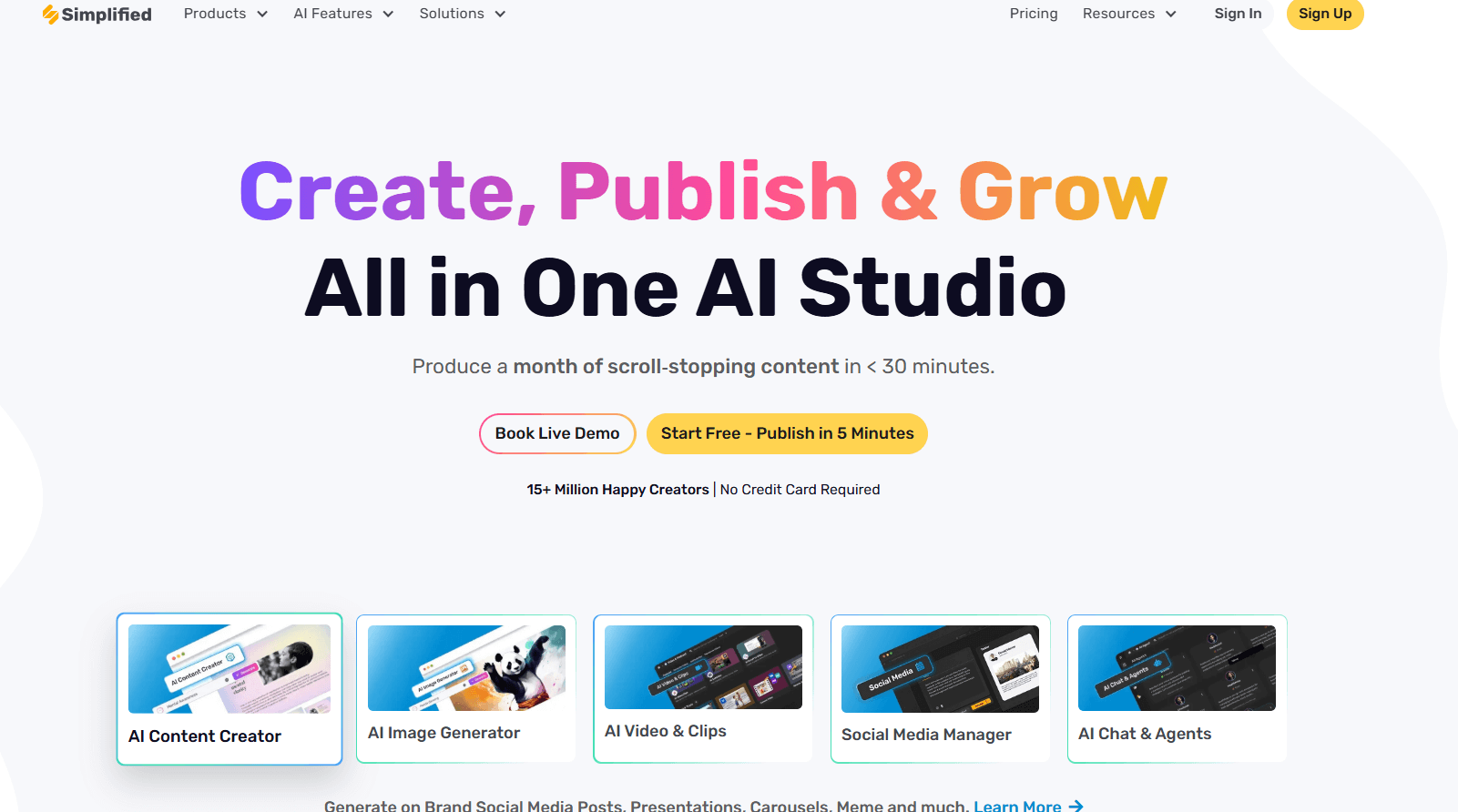
Simplified can be useful in programmatic SEO for Webflow, though it depends on how you intend to use it. Simplified is an AI-powered tool that helps with content generation, such as blog posts, product descriptions, and more. In the context of Webflow, it could assist with generating SEO-optimized content for various pages, ensuring it aligns with the right keywords and structure.
Here are a few ways Simplified can be helpful for programmatic SEO in Webflow:
- Content Creation: Simplified can generate SEO-focused content, ensuring it aligns with your targeted keywords and improves your search visibility. You can use it for content creation, including unique page content, meta descriptions, and alt text for images in Webflow, saving time while keeping SEO best practices in mind.
- SEO Optimization: By using Simplified’s AI features, you can optimize your content with specific SEO strategies like keyword density, related terms, and content relevance. This can help Webflow sites rank higher on search engines.
- Automated Content Updates: Simplified can help you automate the process of content updates or additions on Webflow, especially when you’re scaling your site or adding many pages with similar structures (e.g., product listings, blog posts).
- Meta Descriptions and Titles: Simplified can generate meta descriptions, title tags, and other important SEO elements, which you can easily integrate into Webflow for better on-page SEO.
While Simplified can provide valuable support in creating and optimizing content, for programmatic SEO Webflow, you’d also need to handle technical SEO aspects like site structure, sitemaps, and URL management, which Webflow offers in its own platform settings.
Wrapping up
Programmatic SEO Webflow is a powerful approach for users looking to scale their SEO efforts effectively. With the ability to automate tasks like content creation, metadata generation, and internal linking, Webflow simplifies the process of building an SEO-friendly site. By integrating programmatic SEO Webflow strategies, users can enhance their site’s search engine visibility and streamline the optimization of multiple pages at once, reducing the need for manual SEO adjustments on each page. Leveraging Webflow’s customizable features alongside programmatic SEO can significantly increase organic reach and drive more traffic without sacrificing quality.
Start implementing programmatic SEO on your Webflow site today, and watch as your SEO results improve over time.


